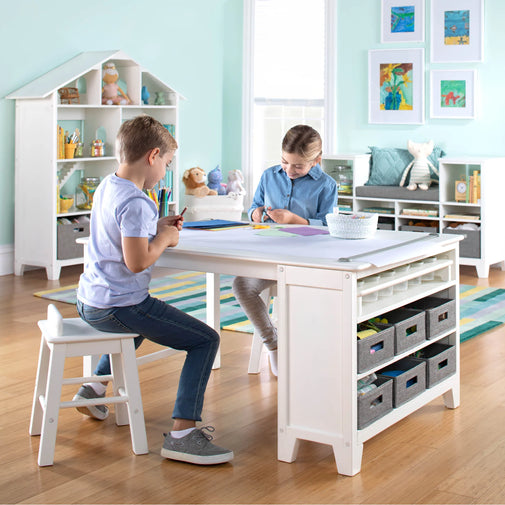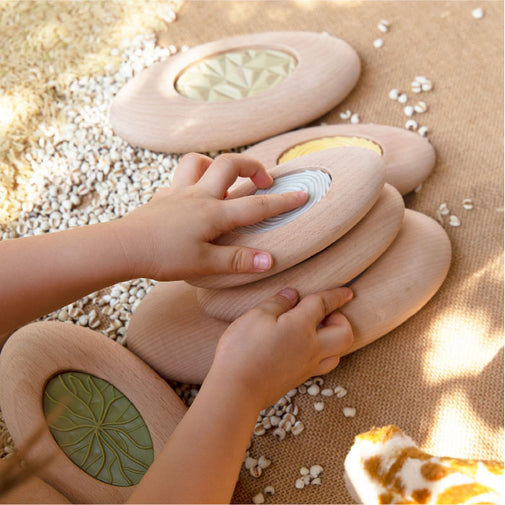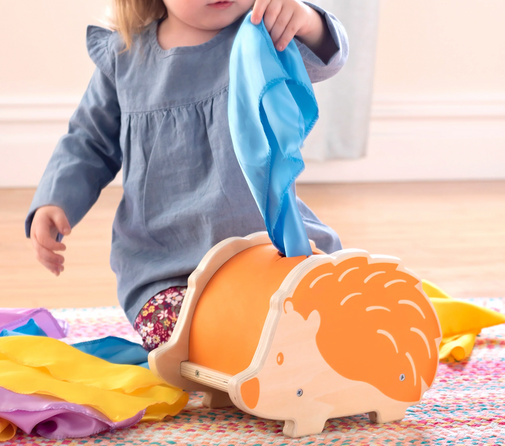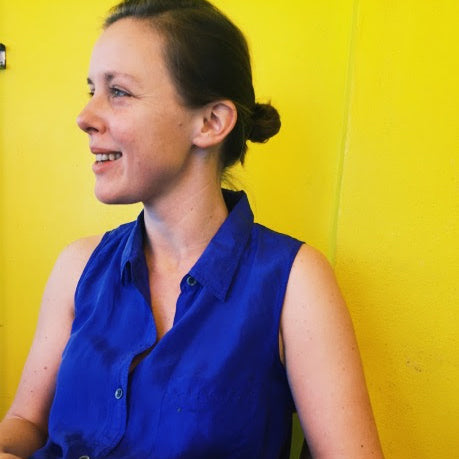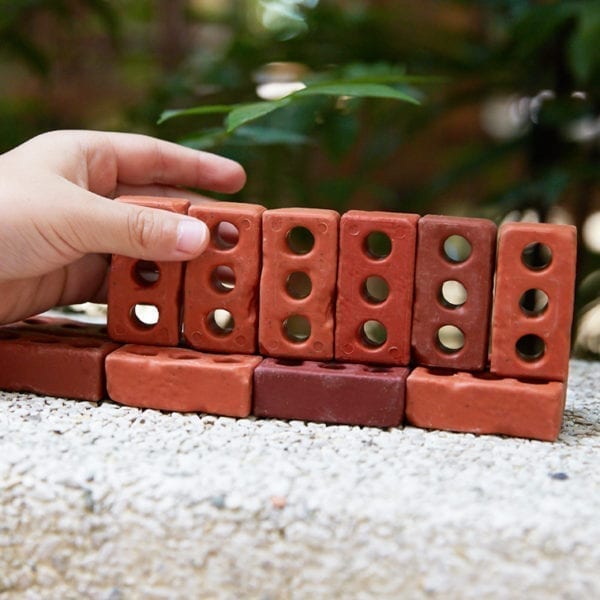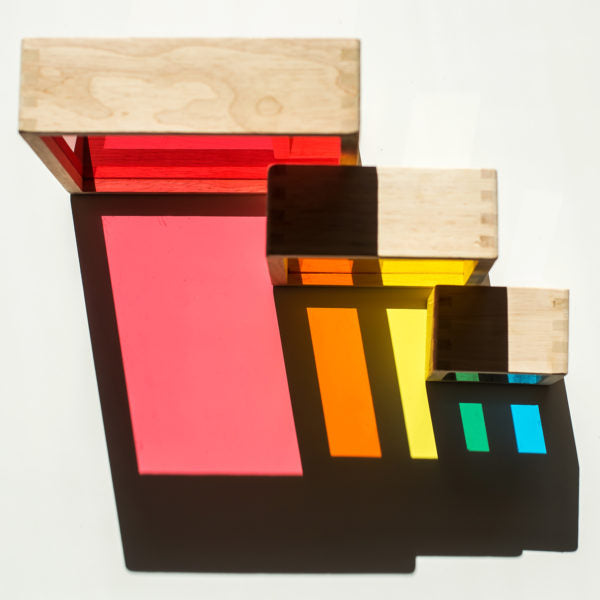Everywhere Materials: Play is Possible All Around Us

We know that children are going to play, no matter what: through good days and bad days, celebrating their interests and digging deep into the unknown. No matter what materials we have around, kids will play with them. We can choose some of the materials, of course, when we buy or acquire toys. The other stuff, though, is everywhere around us in our world: no plans needed.
In my last post I wrote about everyday materials: things that might look mundane but make excellent playthings. Some materials that have surprised me in my work include tile spacers, hair curlers, and end caps for mailing tubes. I’m thinking, though, about everywhere materials: things like rocks and bugs, the piece of wood you forgot was in the corner of the yard, soil, water, and wood chips. Kids will choose how and when they incorporate these elements into their play.

I was playing with a friend’s toddler last week, and his actions and approach to the natural world made me stop in my tracks. He finds the things around him playful and interesting. He notices the way the wind moves the grass, tiny ants on the sidewalk, and his shadow. It’s not necessarily a fascination with a specific object or idea, but instead the wonder of all the things that make up the world, and how we can observe them happening without much need for our own intervention.

I brought him some materials from my toy collection, and stepped back to keep an open mind. He’s been very into the action of throwing lately, having just acquired the skill of releasing an object at just the right time. He’s practicing over and over again, with objects of different sizes and weights and materials. (I made sure to bring out durable things, able to survive his tossing.)
I consider myself an open-ended educator. I like to curate materials and offer them to children, and I like to include lots of curious, everyday objects. What this little boy reminded me, though, was that there are materials everywhere, ready to be used alone or with other objects. He slid Little Bricks through a tube that he found under the stairs; he placed a Treasure Tube over his hand and found it was just the right size. My offering of a worm and dirt on a Mirror Block was quickly dismissed, but I imagine that he would accept that invitation at another time. With the combination of toys and interesting materials in his world, he was happy to explore. He didn’t need to build a tower or catch a bug. He stayed engaged in this environment, doing his job: playful exploration.

Leaving children to find and engage with these everywhere materials – often natural materials – is a tall order for us plan-ahead adults. I found myself inching in to point out a bug; to put a roly-poly in a treasure tube and ooh and ahh at it as it curled up and opened again, but my little friend was not having it. He had his own agenda. This was a moment where I really had to follow him. Just because something is interesting to us does not mean it is interesting to someone else, adult or child. Even a well-intentioned and simple task, like putting bugs into a Treasure Tube, might not spark a child’s interest.
Their sense of wonder is spontaneous, whereas we adults love to plan ahead. Just as there is no wrong way to explore toys and everyday materials, we can get even more casual, even more child-centered, when we notice there are materials everywhere, ready to be used on their own or in combination with the toys and materials we already have. Children’s natural curiosity and sense of wonder will show us the way.



